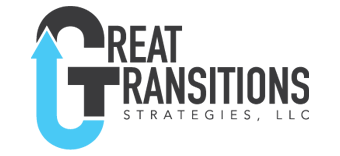Be the 988 – for Mental Health 911
“I want to let you know that we lost _______ yesterday. She apparently took her own life.”
“How is that possible, I was just talking with her last weekend at a picnic. She was great. I don’t understand. I never saw any indication.”
How close has the epidemic of suicide come to you and your family? We all know of celebrities such as Naomi Judd and Robin Williams that shock our consciences’. But there is distance between them and us.
Take a moment and think of suicide victims much closer to you. How many degrees of separation? A friend of a friend, a professional colleague, a veteran from your home town, nephew of colleague, a graduate from your school a few years ahead of you, or someone you knew and saw on a regular basis.
The ripple effects are devastating to individuals, families, organizations, and communities. If you had a tragedy in your organization, what actions do you wish you would have taken?
A Leader’s Responsibility
With all the unknowns there are some things we do know. Leaders can choose to have an impact on the several major protective factors for suicide:
- Effective behavioral health care
- Connectedness to individuals, family, community, and social institutions
- Life skills (including problem solving skills and coping skills, ability to adapt to change)
Recommended Action
One problem solving technique I have found effective is; replacing the “After Action Review” with a “Before Action Review”. Rather than determining and fixing the causes after an event; predict the event and the causes and preemptively solve for them.
The essential question for suicide is:
“If we had a suicide in our organization, what measures should we have taken to prevent it?”
Address the issue using these four elements:
- Intended Results
- What are our intended results with this problem?
- Challenges:
- What challenges will we encounter that will block us from achieving those results? (Consider both internal and external challenges)
- Past Learnings:
- What have we learned individually and collectively about overcoming those challenges based on past experiences, research, and data.
- Commitments:
- What are we willing to commit to in order to succeed?
Resources and Data
There is no shortage of data and resources, here are few to consider:
The Suicide Prevention Resource Center is a great place to start.
Take a look at Gallup’s Study of Workplace Wellness. We all spend a lot of time at work which effects our wellbeing. How well are you leading your organization in the areas of wellbeing. Use data to inform your decisions.
The Society for Human Resource Managers (SHRM) can be of great assistance in your quest to destigmatize mental health for those you lead. This is a major factor particularly with Veterans and first responders. Allow the conversations and access to mental health care to become routine.
Is 988; the Suicide and Crisis Hotline as well known as 911?
For Veterans
Here are several organizations recommended to me by individuals with firsthand experience:
The Veteran Crisis Hotline; 988 press 1, Text 838255.
The Headstrong Project for veterans, service members, and family members.
Cohen Veteran Network for military mental health care that is available to all post-9/11 veterans, including National Guard and Reserves, and military family members.
Are you doing everything you can to promote mental health in your organization?






